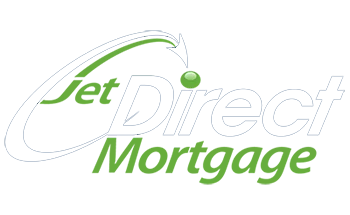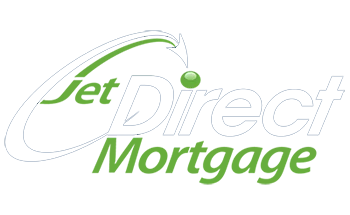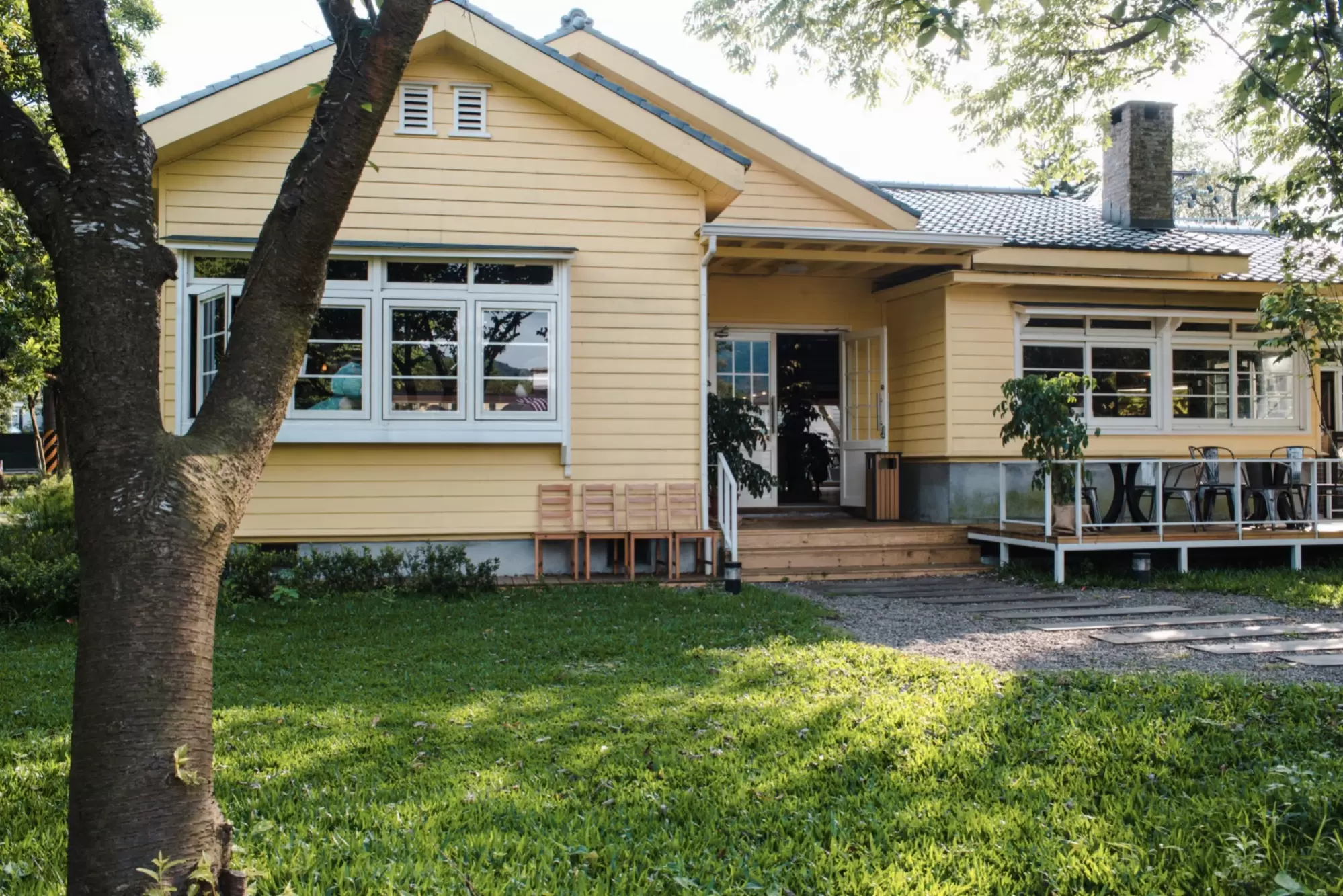Unlock a New Home in Retirement with a HECM for Purchase
Downsize, Relocate, or Find a Home that Fits Your Needs
As we get older, our housing needs can change. The home that once felt perfect may now be too large, too costly to maintain, or not well-suited to our lifestyle. A HECM for Purchase lets you buy a new primary residence and fund it with a reverse mortgage in one transaction — so you can enjoy your retirement without the burden of monthly mortgage payments.








